Urban development in Vancouver, Canada, is a dynamic and evolving process shaped by a combination of geographical constraints, economic forces, environmental considerations, and a commitment to sustainability. Vancouver is renowned for its stunning natural surroundings, including the Pacific Ocean, the Coast Mountain Range, and lush greenery, all of which influence the city’s urban planning and development.
Here is a description of some key aspects of urban development in Vancouver:
- Compact Urban Design: Vancouver is known for its commitment to compact, mixed-use development. The city has a well-defined urban containment boundary known as the “Urban Growth Boundary,” which encourages vertical development within the city rather than urban sprawl. High-rise condominiums and office towers are a common sight, particularly in the downtown area.
- Sustainable Transportation: Vancouver is a leader in promoting sustainable transportation options. The city invests in extensive public transit networks, including buses, SkyTrain, and a passenger ferry system, which helps reduce traffic congestion and greenhouse gas emissions. Bike lanes and pedestrian-friendly streets are also prioritized.
- Green Building Standards: Vancouver has adopted stringent green building standards, with a focus on energy efficiency and environmental sustainability. The city was an early adopter of LEED certification for buildings and has implemented initiatives to encourage green roofs and sustainable construction practices.
- Public Spaces and Parks: The city places a strong emphasis on creating public spaces and parks. Stanley Park, for example, is one of the largest urban parks in North America. Vancouver also promotes the development of vibrant public plazas, walkable streets, and recreational areas.
- Affordable Housing Initiatives: Vancouver faces challenges related to housing affordability due to its popularity and high demand. The city has implemented various affordable housing initiatives, including inclusionary zoning, rental housing policies, and partnerships with non-profit organizations to address the issue.
- Environmental Sustainability: Vancouver is committed to environmental sustainability and has set ambitious goals for reducing greenhouse gas emissions. The city encourages sustainable design, waste reduction, and renewable energy adoption.
- Waterfront Development: With its unique coastal location, Vancouver has seen significant waterfront development. Areas like False Creek and Coal Harbour have been transformed from industrial zones into vibrant residential and recreational spaces, offering stunning views of the ocean and mountains.
- Community Engagement: Vancouver emphasizes community engagement in the urban development process. The city conducts public consultations and encourages residents to provide input on various projects, ensuring that development aligns with community needs and values.
- Indigenous Reconciliation: Vancouver is located on the traditional territories of several Indigenous peoples. The city is actively engaged in reconciliation efforts with local Indigenous communities, which can influence urban development decisions and land-use planning.
- Seismic Preparedness: Given its location in an earthquake-prone region, Vancouver has stringent building codes and retrofit requirements to ensure structures are resilient to seismic activity. This consideration is essential in urban development planning.
Urban development in Vancouver is an ongoing process that balances the demands of a growing population, the need for environmental stewardship, and the preservation of the city’s natural beauty. As the city continues to evolve, it strives to maintain its reputation as one of the world’s most livable and sustainable cities.

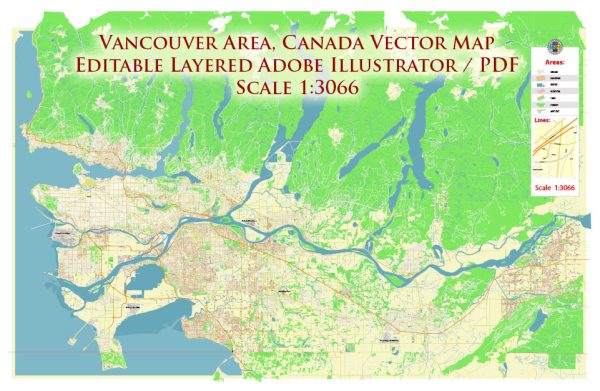
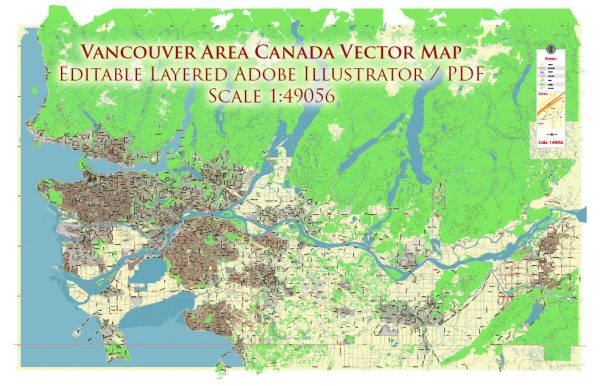
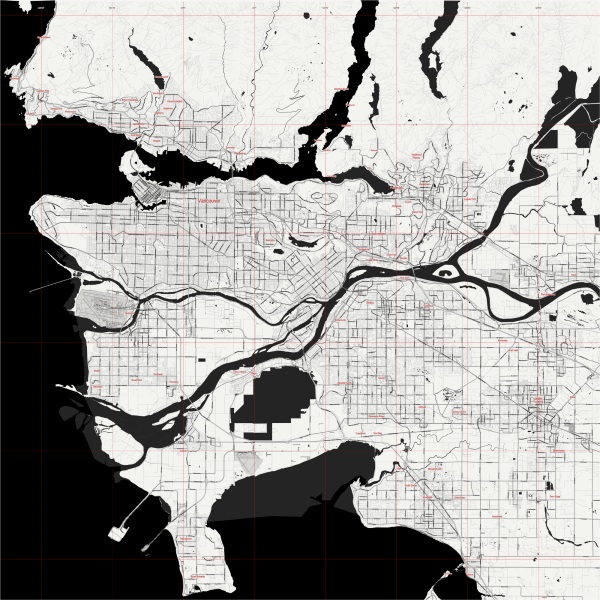
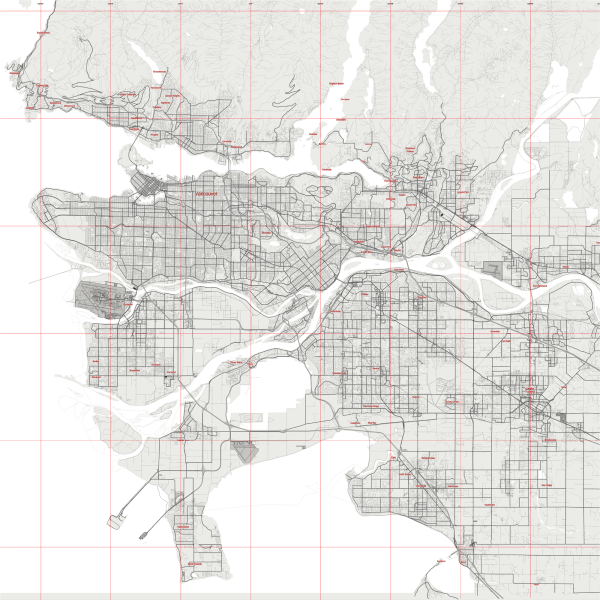
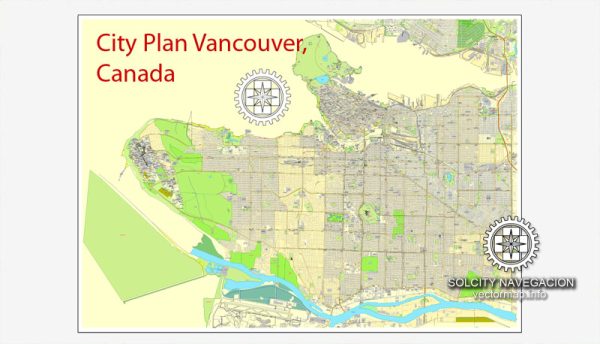
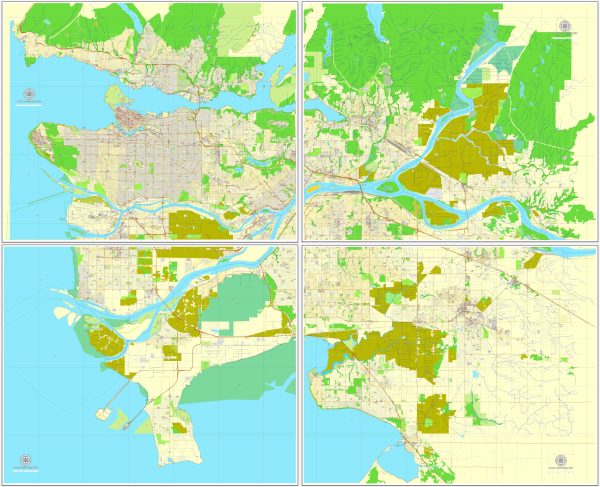
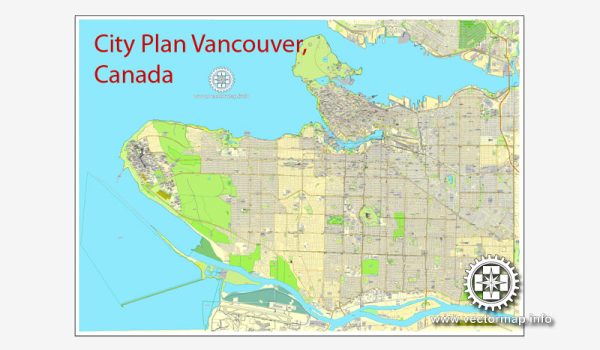
 Author: Kirill Shrayber, Ph.D.
Author: Kirill Shrayber, Ph.D.